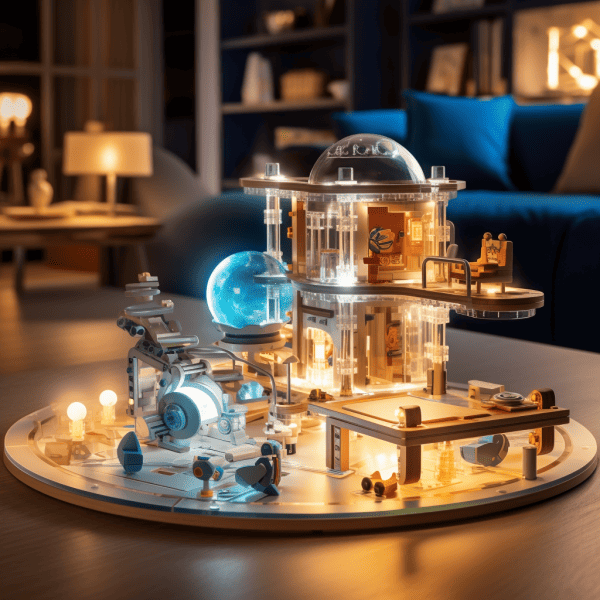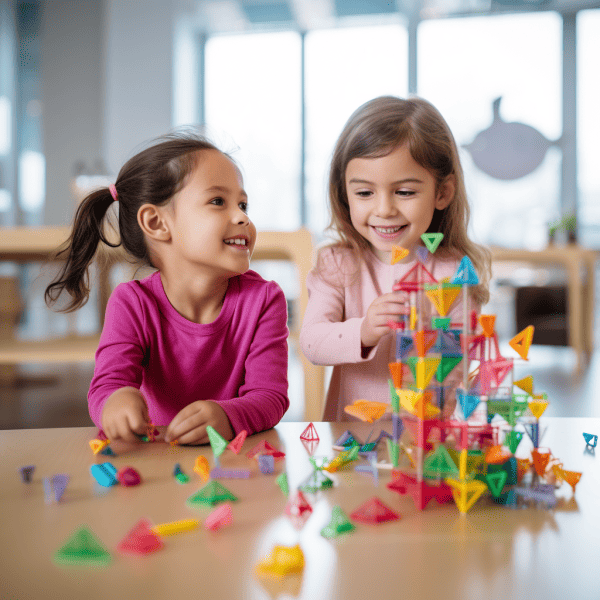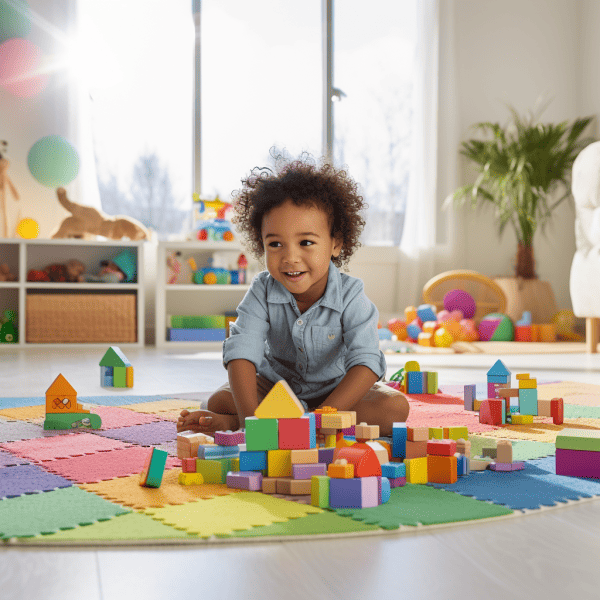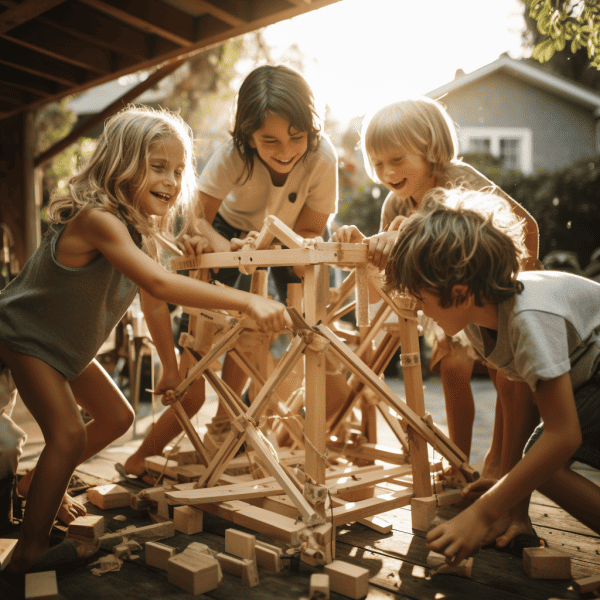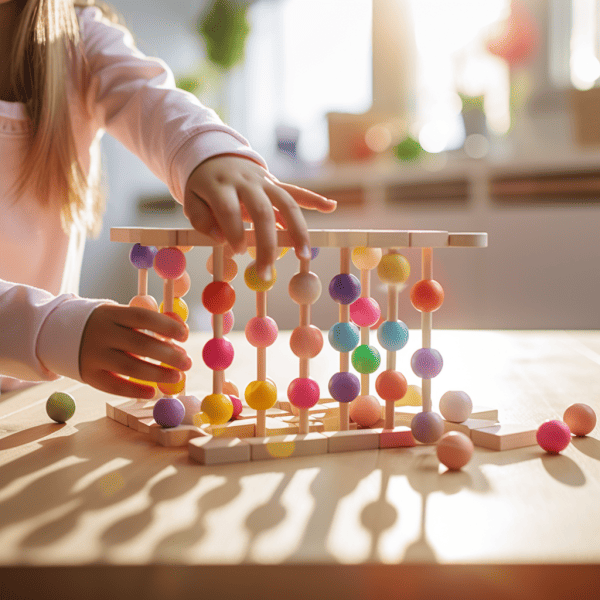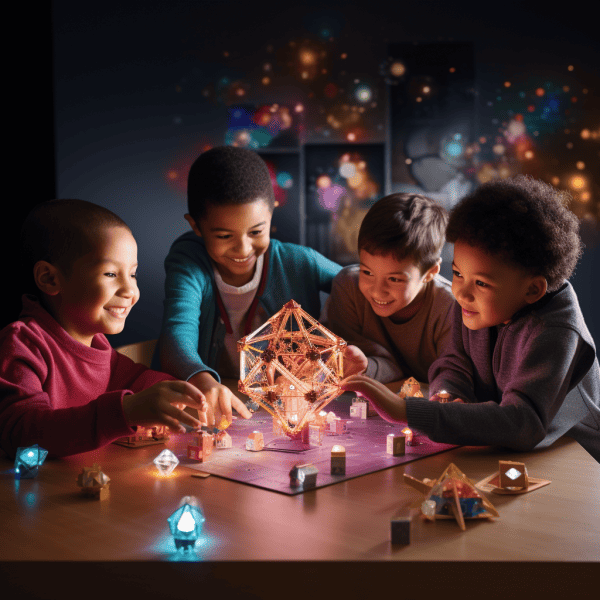As a problem-solving enthusiast, I’ve always been fascinated by the power of virtual reality.
With VR games, I can truly unlock the potential of my mind and enhance my problem-solving skills.
In this article, we’ll delve into the world of Mastermind Challenges, a series of immersive VR games designed to push your problem-solving abilities to new heights.
Get ready to break barriers, explore new horizons, and uncover the future of problem solving in the virtual world.
Let’s dive in and master these challenging VR adventures together!
KEY TAKEAWAY
What are problem solving VR games?
Problem solving VR games (1) are immersive digital experiences that challenge players to solve intricate puzzles and overcome challenges within virtual environments, often requiring collaboration and strategic thinking.
The Power of Virtual Reality in Problem Solving
Virtual reality offers a unique opportunity to enhance problem-solving skills through immersive experiences.
As a user, I have found that virtual reality games and simulations provide a highly engaging and interactive environment where I can tackle complex challenges and develop my problem-solving abilities.
One of the key advantages of virtual reality in problem solving is its ability to create a realistic and immersive experience.
When I put on the VR headset, I am transported to a virtual world where I can interact with objects and environments as if they were real.
This level of immersion allows me to fully engage with the problem at hand and explore different solutions in a way that is not possible with traditional methods.
In addition to immersion, virtual reality also provides a safe space to experiment and make mistakes.
When solving problems in the real world, there can be consequences for failure.
However, in a virtual reality environment, I can try different approaches and learn from my mistakes without any real-world repercussions.
This freedom to explore and iterate fosters a growth mindset and encourages me to think outside the box when facing challenges.
Furthermore, virtual reality can simulate complex scenarios and simulate real-world situations that may be difficult or impossible to recreate in a traditional setting.
For example, I have used virtual reality simulations to practice emergency response procedures, where I had to make split-second decisions and solve problems under pressure.
These realistic simulations provide valuable training opportunities that can enhance problem-solving skills in a safe and controlled environment.
Unlocking the Mind: How VR Games Enhance Problem-Solving Skills
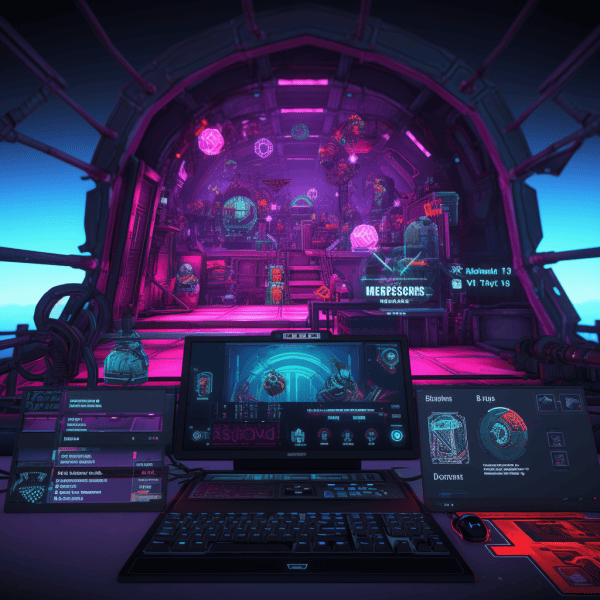
By immersing myself in a virtual reality experience, I can develop my problem-solving skills in a way that traditional games can’t. (2)
Virtual reality (VR) games have the unique ability to transport players into a new world, where they must navigate and overcome various challenges.
These games provide a level of immersion and interactivity that traditional games simply cannot replicate.
One of the key aspects of VR games that enhance problem-solving skills is the sense of presence they create.
When I put on a VR headset, I feel like I am truly in the game, which increases my engagement and motivation to solve the problems presented.
The ability to physically interact with the virtual environment adds another layer of complexity to the puzzles, requiring me to think creatively and adapt my strategies.
Additionally, VR games often incorporate realistic physics and environments, further enhancing the problem-solving experience.
For example, in a physics-based puzzle game, I might need to accurately calculate the trajectory and force needed to solve a particular challenge.
This level of realism adds a sense of authenticity and makes the problem-solving process more rewarding.
Furthermore, VR games can provide immediate feedback and adaptive challenges, allowing me to learn from my mistakes and improve my problem-solving skills in real-time.
This iterative process of trial and error encourages critical thinking and helps me develop effective problem-solving strategies.
Mastering the Challenges: VR Games for Problem Solving
Immersing myself in a VR experience allows me to enhance my problem-solving skills in a unique and engaging way.
VR games designed for problem-solving challenges provide a stimulating environment where I can test my abilities and improve my critical thinking.
These games present complex puzzles and scenarios that require me to analyze, strategize, and find creative solutions.
One of the key benefits of using VR for problem-solving is the immersive nature of the experience.
Being fully surrounded by a virtual environment makes me feel like I am actually in the game, which increases my focus and engagement.
This heightened sense of presence allows me to fully immerse myself in the challenges and think more deeply about the problems at hand.
Moreover, VR games often incorporate interactive elements, such as manipulating objects or solving puzzles with my hands.
This adds a physical component to the problem-solving process, making it more interactive and intuitive.
By physically interacting with the virtual world, I can explore different solutions, experiment with ideas, and learn from my mistakes in a safe and controlled environment.
Immersive Problem Solving: Unleashing Your Potential With VR
Using VR technology to enhance problem-solving skills provides a unique and engaging experience that allows me to unleash my full potential.
Virtual reality opens up a world of possibilities by immersing me in realistic and interactive scenarios where I can apply critical thinking and analytical skills.
One of the key advantages of VR-based problem-solving games is the ability to simulate real-life situations.
These virtual environments replicate complex scenarios that require me to think on my feet and make quick decisions.
By putting me in the driver’s seat, VR games push me to develop effective problem-solving strategies and adapt them to changing circumstances.
Moreover, VR technology offers a level of interactivity that traditional problem-solving methods lack.
Instead of merely reading about a problem or watching a demonstration, I can actively engage with the virtual world, manipulate objects, and test different solutions.
This hands-on experience deepens my understanding of the problem and enhances my problem-solving abilities.
In addition, VR games provide instant feedback and assessment, allowing me to track my progress and identify areas for improvement.
The interactive nature of VR ensures that I am actively involved in the learning process, making it more engaging and motivating.
Overall, VR technology has revolutionized problem-solving training by providing an immersive and realistic experience that enhances my critical thinking skills.
By leveraging this technology, I can truly unleash my full potential and become a more effective problem solver.
Breaking the Barriers: Problem Solving in the Virtual World
In the virtual world, I can break down barriers and develop my problem-solving skills in ways that were previously unimaginable.
Virtual reality (VR) has opened up a whole new realm of possibilities when it comes to problem-solving.
Here are some reasons why VR is revolutionizing the way we approach challenges:
- Immersive Experience: VR provides a fully immersive experience, allowing me to step into a virtual environment and interact with objects and characters. This level of immersion enhances my problem-solving abilities by making the experience more realistic and engaging.
- Real-time Feedback: VR games provide instant feedback, allowing me to learn from my mistakes and adjust my problem-solving strategies accordingly. This immediate feedback loop helps me refine my skills and improve my problem-solving capabilities.
- Collaboration Opportunities: VR enables collaboration with other users, even if they are physically located in different parts of the world. This opens up a whole new dimension of problem-solving, as I can work together with others to solve complex challenges and share ideas.
With the advancements in technology, the future of problem-solving in VR games looks promising.
As game developers continue to push the boundaries of what is possible, we can expect even more innovative challenges and immersive experiences that will further enhance our problem-solving skills.
The future of problem-solving is indeed exciting, and I can’t wait to see what lies ahead.
The Future of Problem Solving: Exploring VR Game Challenges
After discussing the importance of problem solving in virtual reality (VR) games, let’s now delve into the future of this exciting field.
VR game challenges have the potential to revolutionize problem solving by creating immersive and interactive experiences that push players to think critically and creatively.
One of the key benefits of VR game challenges is the ability to simulate real-world scenarios in a controlled environment.
This allows players to develop problem-solving skills in a safe yet realistic setting.
For example, imagine being able to practice solving complex engineering problems or medical diagnoses without any real-life consequences.
Moreover, VR game challenges can provide a level of engagement and immersion that traditional problem-solving methods lack.
By placing players in a virtual world, they can fully immerse themselves in the challenge, leading to a more focused and intense problem-solving experience.
However, it is important to note that VR game challenges are still in their early stages of development.
There are challenges to overcome, such as the cost and accessibility of VR technology, as well as the need for more diverse and inclusive game experiences.
Conclusion
In conclusion, the power of Virtual Reality in problem solving is truly mind-blowing.
VR games have the ability to unlock our minds and enhance our problem-solving skills like never before.
With immersive experiences and challenging scenarios, these games push us to think outside the box and break through barriers.
The future of problem solving is undoubtedly in the virtual world, where we can explore and conquer challenges that were once unimaginable.
So, strap on your VR headset and get ready to unleash your full potential in the world of problem solving!
References
- https://www.techtarget.com/whatis/definition/virtual-reality-gaming-VR-gaming
- https://www.ncbi.nlm.nih.gov/pmc/articles/PMC9203823/#:~:text=VR%20enables%20a%20stronger%20sensory,21%2C%2026%2C%2027).




